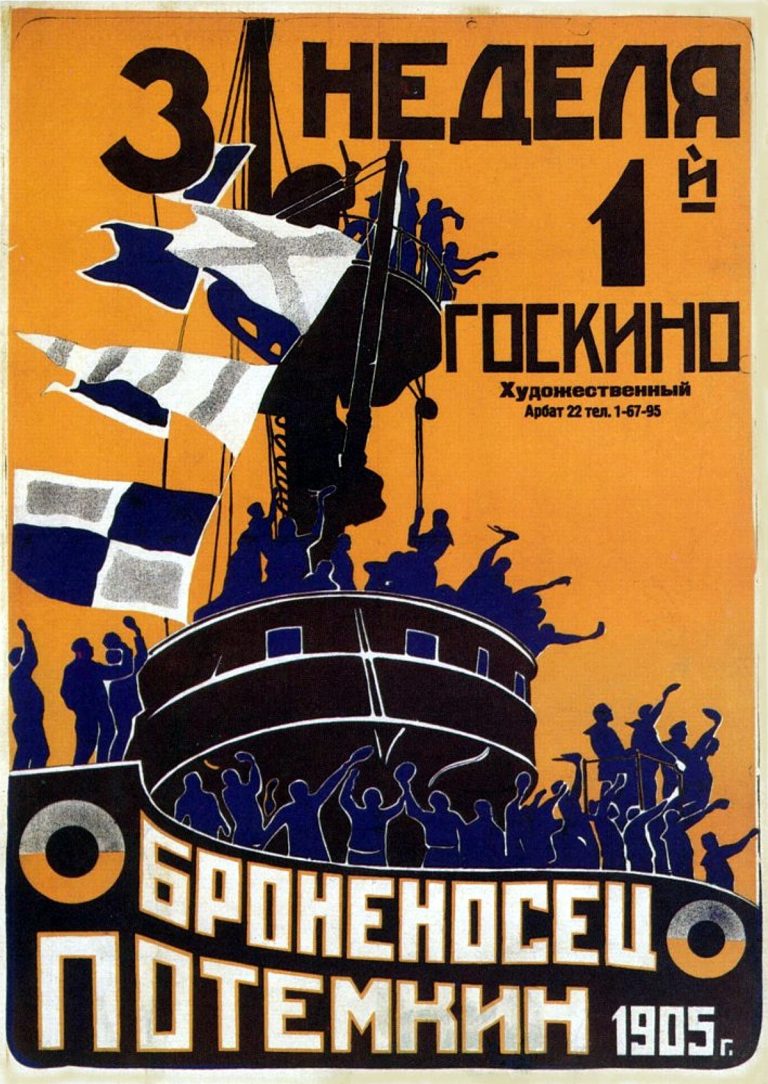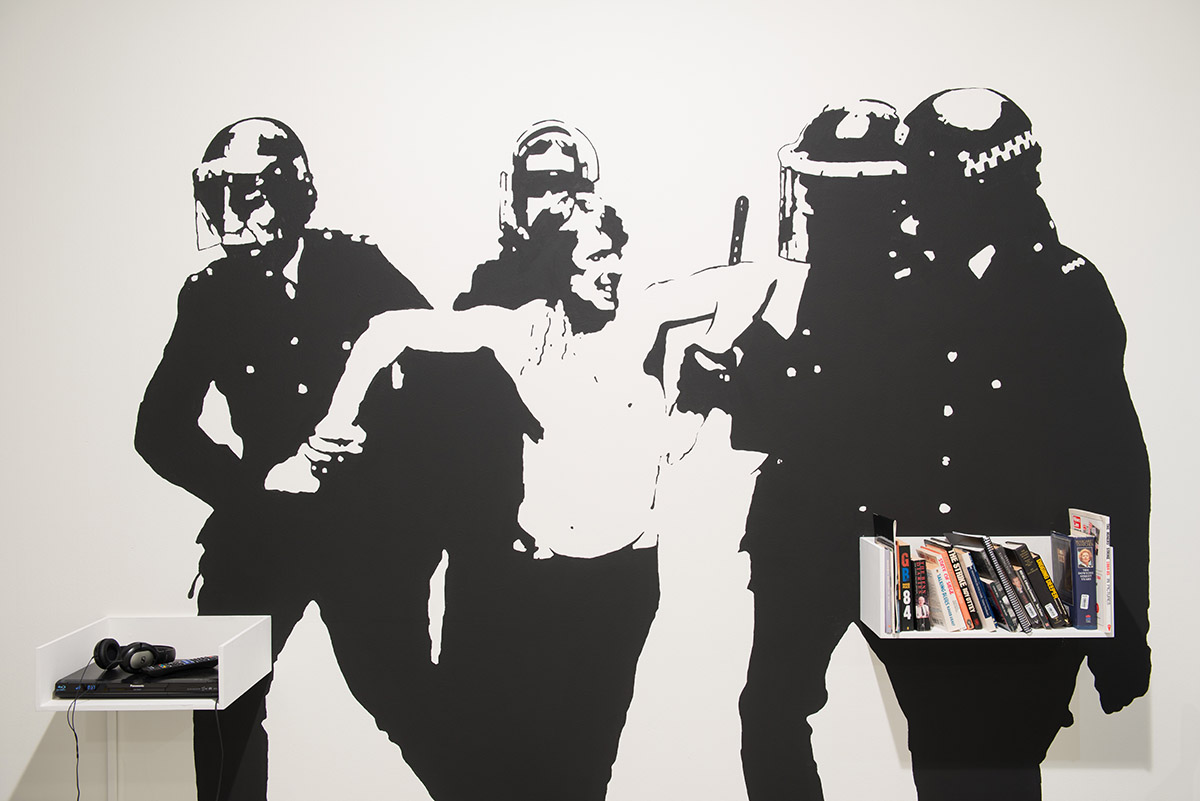In the penultimate week before the beginning of assignment one crits, we discussed the importance of articulation, or being clear in your communication, with regard to practicing activism. Our reading for this class was the article, The Articulation of Protest by Hito Steyerl (2003). In this text, the verb ‘articulate’ is portrayed as a vessel of communication, containing the appropriate resources needed to ultimately evoke change. Steyerl (2003) suggests “the articulation of protest has two levels”, one being the vocalisation of protest. It could be interpreted, this level includes the methods in which audiences are informed of an issue, how effectively the word can spread as well as the improvement of societal recognition. The second level appears to concern itself with the internal structure of a movement, because if the internal dynamic does not function properly, it is unlikely the movement will be successful. These factors were important considerations in the early development stages of our our interventions and accompanying digital practice. Another interesting point mentioned in the article was the reference to both political and artistic activism and their occasional integration.
What happens, though, if we conversely relate a reflection about a form of artistic production, namely the theory of montage, to the field of politics? In other words, how is the political field edited, and which political significance could be derived from this form of articulation?
The Soviet film theory of Montage and Montage editing is an interesting notion when placed into a situation of political activism. On first thought, the two concepts would never normally correlate, however, when you begin to look deeper into the methods required to fulfil a movement of political activism, the individual requirements do actually cut quite abruptly from one attribute to the next. The way different imagery can be cut together in a collective segment can manipulate the ways audiences view a particular topic if the cinematography itself is effective enough. In the first few uses of Montage as a cinematic concept, Soviet filmmakers like Sergei Eisenstein suggested that the concept was intended to reinvent existing cinema, creating an amalgamation “between painting and cinema” or Cinematism (Bois, 1989, p. 112). Therefore, filmmaking could appeal both artistically and visually towards non-literate audiences of the time, but also prey on their naivety through the use of interwoven propaganda. Battleship Potemkin is a film by Eisenstein that incorporated this propaganda through its representation of the Russian Revolution. The film was, in fact, commissioned by the Soviet Government and therefore a lot of sequences featured contained a heavy amount of political bias and the dramatisation of events.


Ultimately, what this shows is that digital representations can impact the outcome of events, the opinions of audiences and portrayal of political ideologies. Therefore, in our own works, it must always be taken into consideration exactly what is placed into our own digital practice. For example:
- Might an element of bias be involved?
- Is the intention of your activism politically driven?
- Does Westernised privilege affect your integrity as a movement?
The list could go on and on. However, in the case of digital activism, audiences can be easily absorbed into a campaign without really understanding the core reasoning for the intervention. From this research, I think it is of paramount importance to understand your own involvement in activism, making the origination of the issue obvious to those also involved (articulating your protest). If the intentions are clear, trust is gained and the campaign will more likely thrive in it’s appropriate socio-political climate.
References
Battleship Potemkin (2017) Available at: https://www.larsenonfilm.com/battleship-potemkin (Accessed: 15 December 2021).
Eisenstein, S., Bois, Y., Glenny, M. (1989) ‘Montage and Architecture’, Assemblage, 10, pp. 110-131.
Pendás, M. (2017) Battleship Potemkin. Available at: https://silentfilm.org/battleship-potemkin/ (Accessed: 15 December 2021).
Steyerl, H. (2002) ‘The Articulation of Protest’, Transversal Texts. Available at: http://asmedia.s3.amazonaws.com/c7745b0e21bdda11e19c1a3341014933/4giFeMcwF0.pdf (Accessed: 15 December 2021).

